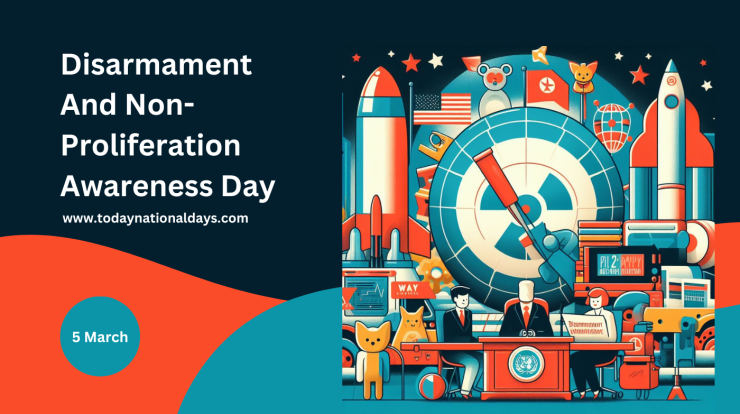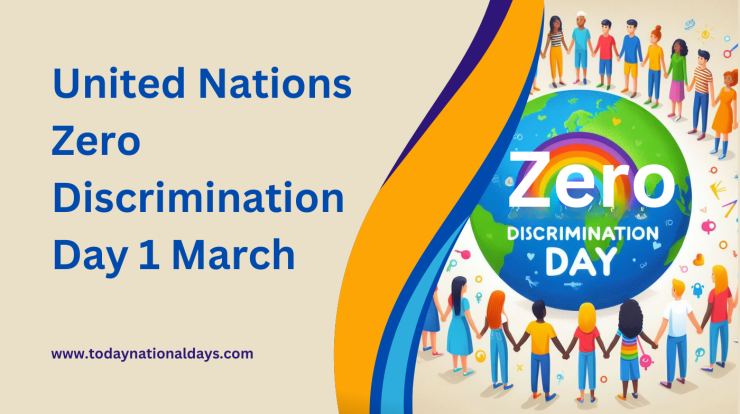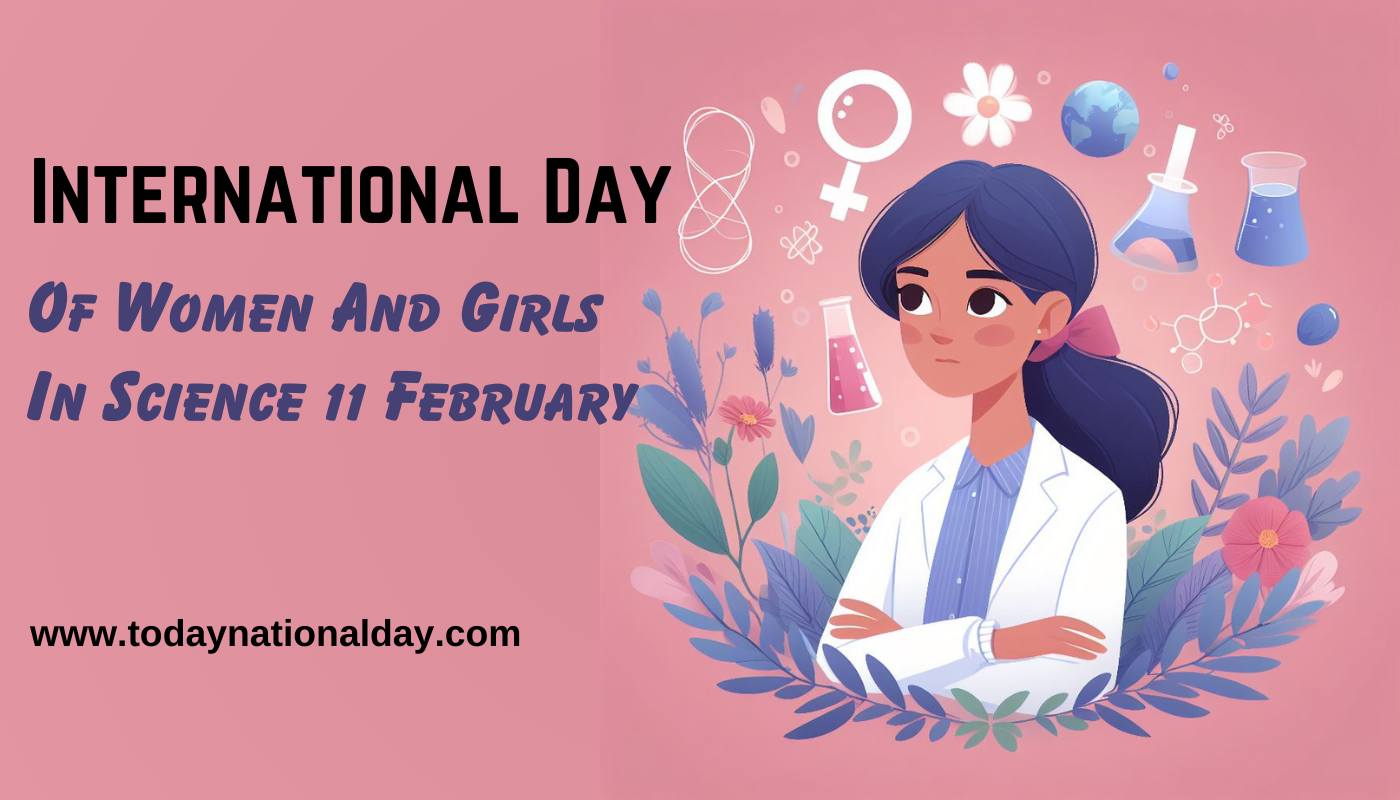
The International Day of Women and Girls in Science 11 February is an event endorsed by the United Nations to encourage women’s involvement in STEM fields.
Established through UN resolution 70/212 in December 2015, it takes place annually on February 11th. Each year, a specific theme is chosen to spotlight and discuss gender equality issues in science.
Every year, UNESCO and UN Women collaborate to organize the International Day of Women and Girls in Science. This collaboration involves working closely with governments, intergovernmental bodies, civil society groups, universities, and businesses.
Together, they strive to elevate women’s and girls’ participation in scientific domains and honor those who have excelled.
What Is International Day Of Women And Girls In Science?
The International Day of Women and Girls in Science, initiated by the United Nations (UN), is dedicated to advancing gender equality in STEM fields and inspiring greater participation in science and technology careers.
Its mission is to dismantle longstanding barriers and stereotypes that have hindered women’s involvement in these domains.
When Does International Day Of Women And Girls In Science Occur?
The International Day of Women and Girls in Science, celebrated annually on February 11th, pays tribute to the remarkable achievements of Marie Curie, a trailblazing physicist and chemist.
Renowned for her groundbreaking work in radioactivity and nuclear physics, Curie continues to inspire women in science.
Observance Of International Day Of Women And Girls In Science
The International Day of Women and Girls in Science is marked through various means:
1. Conferences and Workshops: Institutions, research bodies, and governments host conferences, workshops, and seminars to discuss and promote women’s involvement in STEM fields.
2. Role Model Recognition: Accomplished women in STEM are acknowledged and celebrated for their contributions, inspiring others as role models.
3. STEM Outreach Programs: Institutions organize outreach programs to encourage young girls to explore STEM subjects, engage in hands-on experiments, and interact with female scientists.
4. Social Media Campaigns: Social media platforms are utilized to promote the day through campaigns using hashtags like #WomenInScience and #GirlsInSTEM, sharing stories, profiles, and achievements of women in the scientific community.
Women In Science Leadership: A New Era For Sustainability
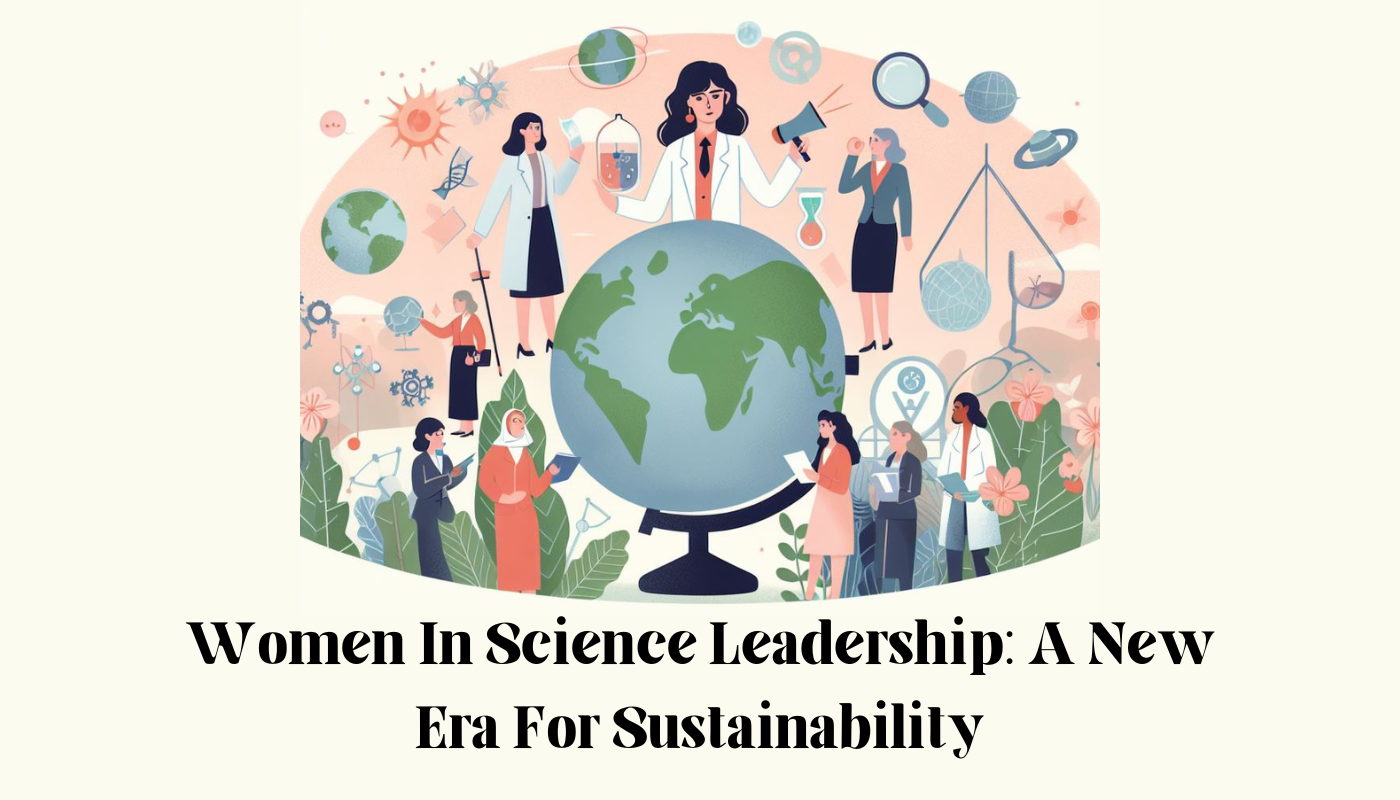
To address key challenges like improving health and combating climate change outlined in the Agenda for Sustainable Development, it’s crucial to involve all talents, including more women, in these fields.
Diversity in research brings fresh perspectives, talent, and creativity, expanding the pool of skilled researchers. The International Day of Women and Girls in Science reminds us of their critical role in science and technology communities and highlights the need to strengthen participation.
Despite the critical importance of Science, Technology, Engineering, and Mathematics (STEM) fields to national economies, gender equality remains elusive in these areas for most countries, regardless of their level of development.
Why Is It Important To Involve More Women And Girls In Science?
When a particular group, whether based on age, culture, or gender, dominates a field of study, it can lead to a limited perspective.
Bringing more women into traditionally male-dominated areas introduces fresh perspectives, new talent, and creativity. It can also improve women’s social and financial status in certain countries.
Why Aren’t More Girls Taking Up Careers In STEM Subjects?
The question of why fewer girls pursue STEM subjects is complex and challenging. Various factors have been proposed:
1. Early years: Girls may have less exposure to activities and toys that promote an interest in science. Additionally, they might underestimate their abilities, feeling they need to be better at STEM subjects.
2. School choices: While girls perform well in science tests, they excel in other subjects, too, providing them with more study options. This influences their career choices later on.
3. Work environment: The prospect of being a minority in university courses or jobs could deter girls from pursuing careers in research or engineering. There’s a fear of discrimination and the perception that they must work harder to succeed.
What Can Be Done To Encourage Girls To Take Up Science As A Career?

To encourage girls to pursue careers in science, several steps can be taken:
1. Early years: Parents and schools can introduce activities and toys that foster curiosity and exploration in both sexes, encouraging an interest in the world around them.
2. Making choices at school: Organizations can arrange for women scientists to speak to girls at schools about their work, while older girls studying STEM subjects can inspire younger students. Universities and research facilities can offer hands-on experiences in their laboratories.
3. Entering the world of work: Workplaces and science departments can implement mentorship programs to support women working in male-dominated fields. Women in senior roles often offer guidance and support to younger women entering the field.
4. Role models: Girls must see successful women scientists represented in the media to inspire and motivate them.
International Day Of Women And Girls In Science 11 February History
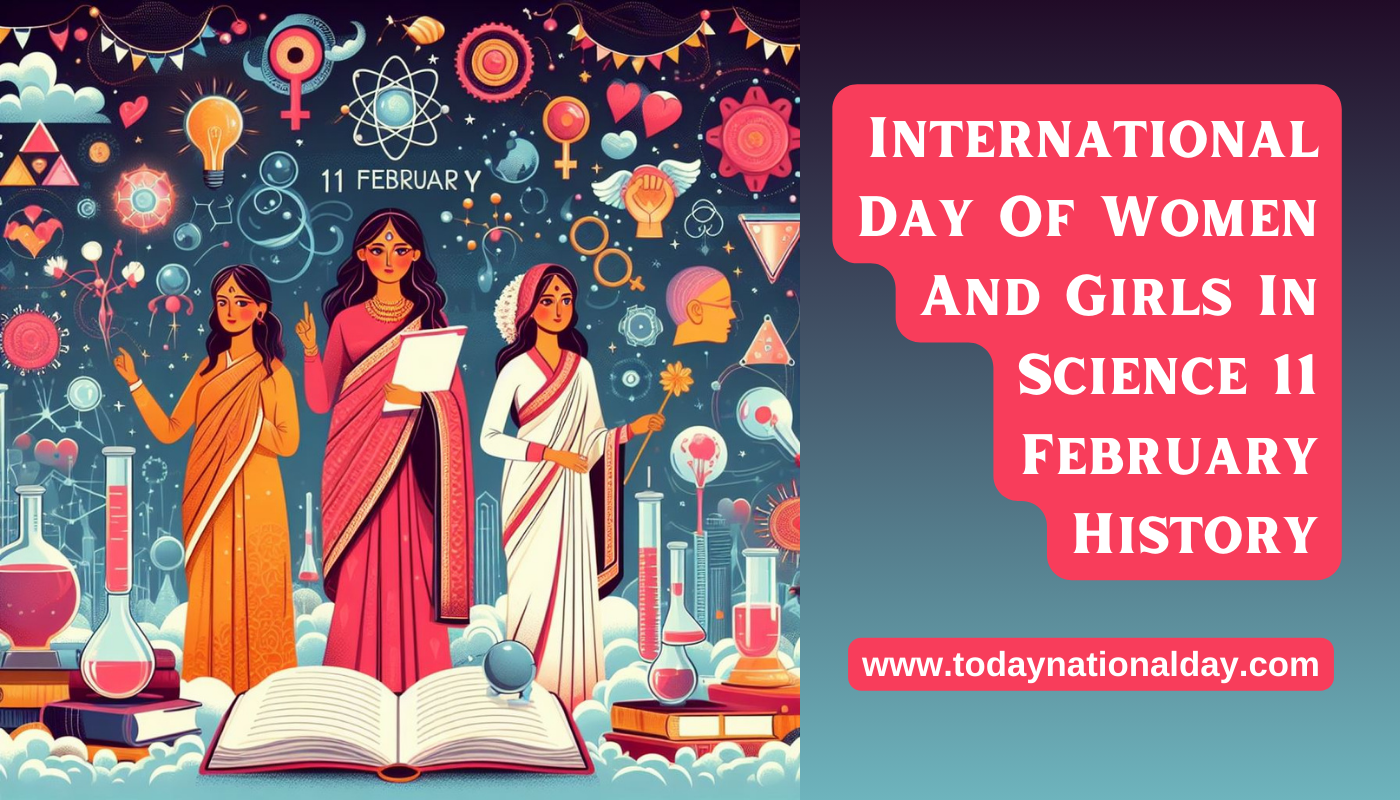
In March 2011, the UN Commission on the Status of Women emphasized the need for increased access to education and training in science and technology for women and girls worldwide and equal employment opportunities in these fields.
Acknowledging these findings, the UN General Assembly adopted a December 20, 2013 resolution. On December 22, 2015, the UN officially designated February 11th as the International Day of Women and Girls in Science.
Significance And Objectives
The aim of the International Day of Women and Girls in Science is to:
1. Promote Gender Equality: It stresses the importance of equal opportunities for women and girls in STEM fields, advocating for gender equality in scientific education and careers.
2. Highlight Achievements: The day honors the achievements of female scientists, highlighting their innovations and valuable contributions to research and technology.
3. Inspire Future Generations: It inspires young girls and students to pursue studies and careers in STEM, challenging stereotypes and biases.
4. Advocate for Inclusion: The day calls for greater inclusion of women in the scientific community’s leadership roles and decision-making processes.
Context
Women are less represented in science and tech compared to men. While there was a rise in women obtaining science degrees in American universities from the 1960s to the 1980s, this growth halted unexpectedly.
A 2013 UK study revealed ongoing underrepresentation of women in STEM over the past 25 years. Social barriers, like traditional gender roles, early marriage, and job market discrimination, persistently hinder women’s education and advancement, especially in developing regions like Africa, South Asia, and the Caribbean.
Today, obstacles to women’s participation in science persist as social barriers. A 2013 UK study investigated the social hurdles to science participation, particularly in physics, after compulsory education.
It revealed widespread gender biases, with girls receiving less encouragement from teachers, family, and friends to pursue physics studies.
Global disparities impact female involvement in science. In the US, lower enrollment and interest in science reduce female participation. In contrast, the Arab world sees high enrollment rates, ranging from sixty to eighty percent. Yet, career and social obstacles limit further female engagement in the field.
Adoption By The United Nations
On December 22, 2015, the United Nations General Assembly adopted resolution 70/212, officially designating February 11 as the International Day of Women and Girls in Science.
This resolution urges all UN member states, organizations, individuals, and the private sector to promote equal access for women and girls in science through awareness-raising and educational activities.
The UN drew on previous resolutions, such as resolution 70/1 on the 2030 Agenda for Sustainable Development, emphasizing quality education and gender equality.
Also, resolution 68/220 recognized the importance of promoting women’s access to science, technology, and innovation for gender equality and empowerment. UNESCO and UN Women are the primary UN organizations responsible for this day.
Annual Commemorations And Official Themes
The United Nations annually holds the International Day of Women and Girls in Science Assembly on February 11. Representatives from member states, international organizations, the private sector, and leading scientists gather to discuss initiatives promoting female participation in STEM. The Assembly is co-sponsored by various countries, and each year focuses on a specific theme:
– 2016: Transforming the World: Parity in Science
– 2017: Gender, Science and Sustainable Development: The Impact of Media – From Vision to Action
– 2018: Equality and Parity in Science for Peace and Development
2019: The focus was on investing in women and girls in science for inclusive green growth. 2020: Emphasized achieving equality in science, technology, and innovation, addressing global trends and challenges.
– 2021: The focus turned to “Beyond the Borders: Equality in Science for Society.”
– 2022: The theme is “Equity, Diversity, and Inclusion: Water Unites Us.”
2023: Innovate, demonstrate, elevate, advance, sustain.
IDEAS: Advancing Sustainable and Equitable Development for All.
Recognition By Government Organizations
Governments and organizations globally support the International Day of Women and Girls in Science through awareness campaigns and increased funding for initiatives that empower women in science. Here are some examples:
– Australia: The Australian Government Department of Industry, Science, Energy and Resources allocated A$6.7 million to address female underrepresentation in STEM fields.
– European Union: The European Commission encourages citizens to recognize female scientific research and innovation achievements. They require Gender Equality Plans for Horizon Europe funding eligibility and award grants to female innovators.
– Ireland: The Irish Government announced reforms to promote increased female participation in STEM, requiring gender equality accreditation for access to research funding.
– Kenya: The Ministry of Education and National Commission for Science, Technology and Innovation celebrated the day with a virtual event in 2022, supported by UNESCO Kenya National Mission.
– United Kingdom: The UK government actively supports the day through social media campaigns and interviews with leading British female scientists.
Other Recognition
Non-governmental and corporate organizations globally acknowledge the International Day of Women and Girls in Science through their initiatives promoting females in STEM.
Here are some examples:
Universities and academia: The International Particle Physics Outreach Group launched masterclasses led by female scientists for female students across various cities, continuing annually since 2017. Associated members of the International Science Council host events to celebrate the day.
Corporations: L’Oreal sponsors the L’Oreal-UNESCO For Women in Science Awards, recognizing five female scientists annually. Airbus highlights the contributions of women in its company, such as the first female to join its space program manager’s group in Madrid in 2022.
Conclusion
The International Day of Women and Girls in Science highlights the importance of diversity and inclusivity in science. It acknowledges women and girls’ significant contributions to STEM fields and advocates for equal opportunities and recognition.
This day celebrates trailblazing women and girls who have broken barriers in science, inspiring future generations. It reaffirms our dedication to gender equality in science and encourages young minds to explore STEM possibilities.
Let’s keep supporting and empowering women and girls in science, ensuring their voices and talents are valued in pursuing knowledge and innovation.
FAQ-International Day Of Women And Girls In Science 11 February
Is February 11 Women In Science?
The International Day of Women and Girls in Science, observed on February 11th, is organized by UNESCO and UN Women, along with various institutions and civil society partners dedicated to advancing women and girls in science.
What Is The Theme For International Women And Girls In Science?
To honor this year’s theme, “Women in Science Leadership: A New Era for Sustainability,” we want to spotlight a few exceptional women scientists from the Columbia Climate School.
How To Celebrate Women In Science Day?
Parents and schools can spark children’s curiosity by offering activities and toys encourage building and exploration. Some organizations arrange for female scientists to visit schools and discuss their work with girls, aiming to inspire their interest in science.
What Is The Message For International Day Of Women And Girls In Science?
Recognize that women and girls thrive in science. Embrace inclusion for innovation. Let every woman and girl fulfill their true potential in STEM.
What Is The Symbol Of International Women’s Day?
Purple, green, and white are the colors of International Women’s Day. Purple stands for justice and loyalty to the cause, green symbolizes hope, and white represents purity, though it’s a debated concept.


